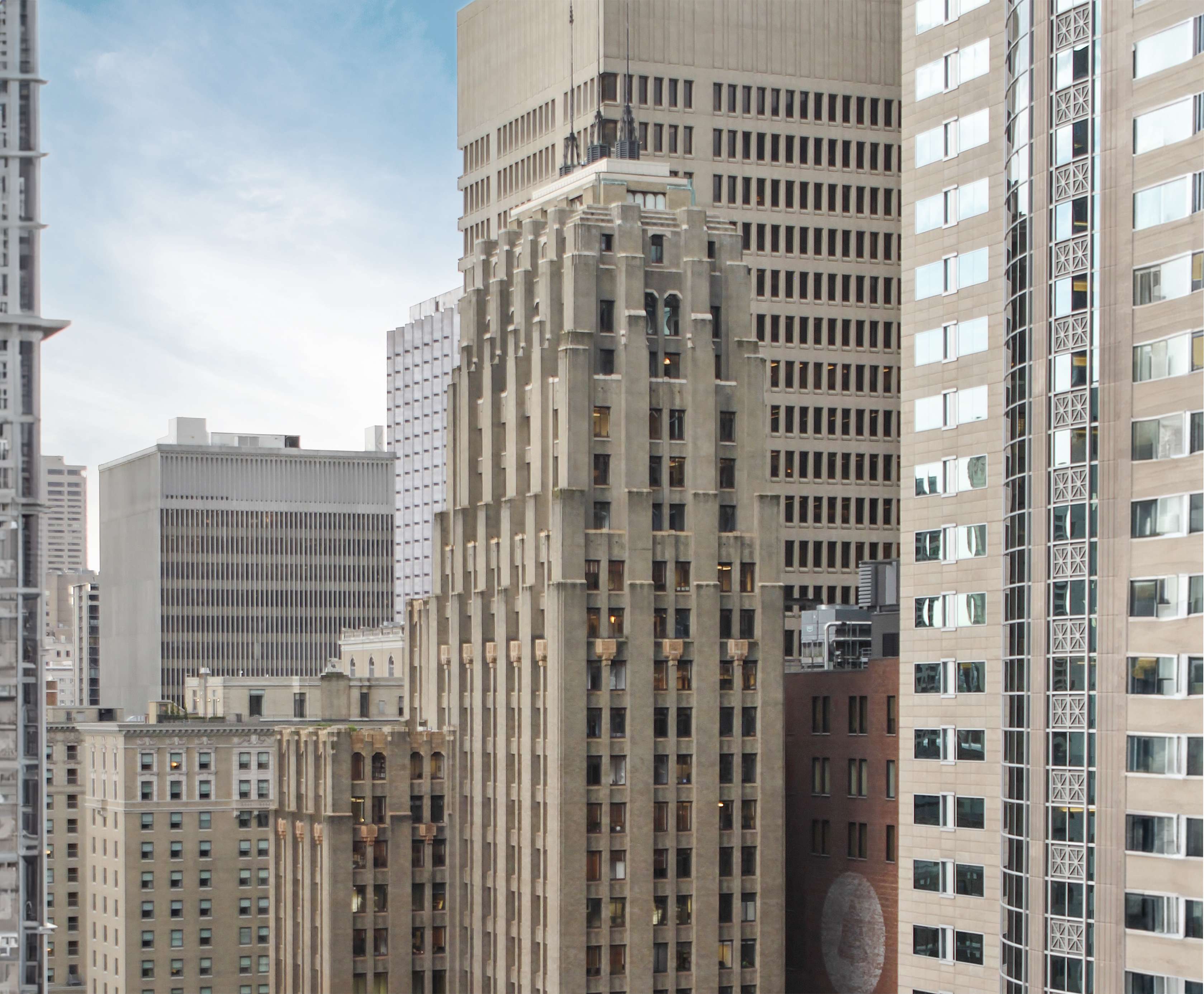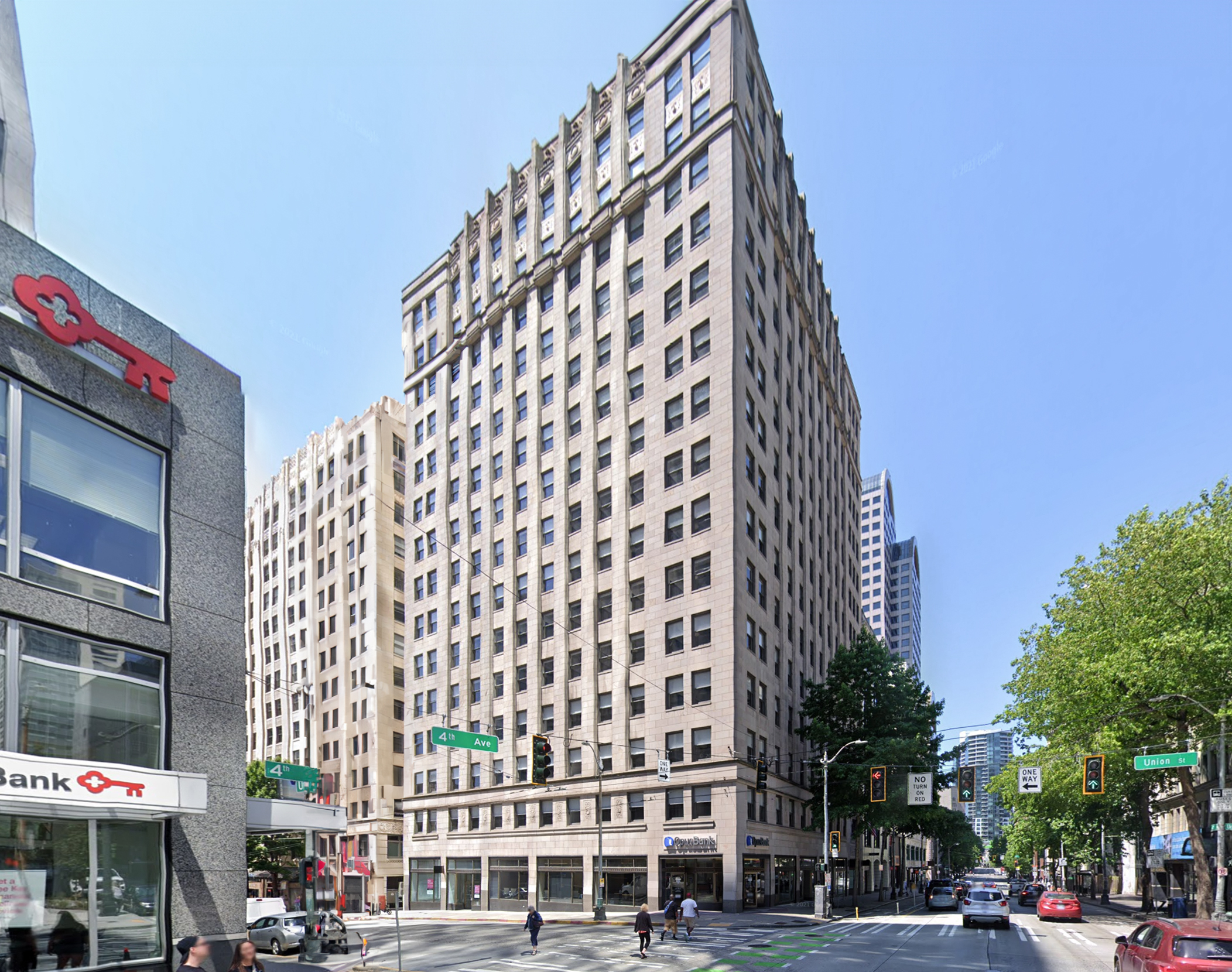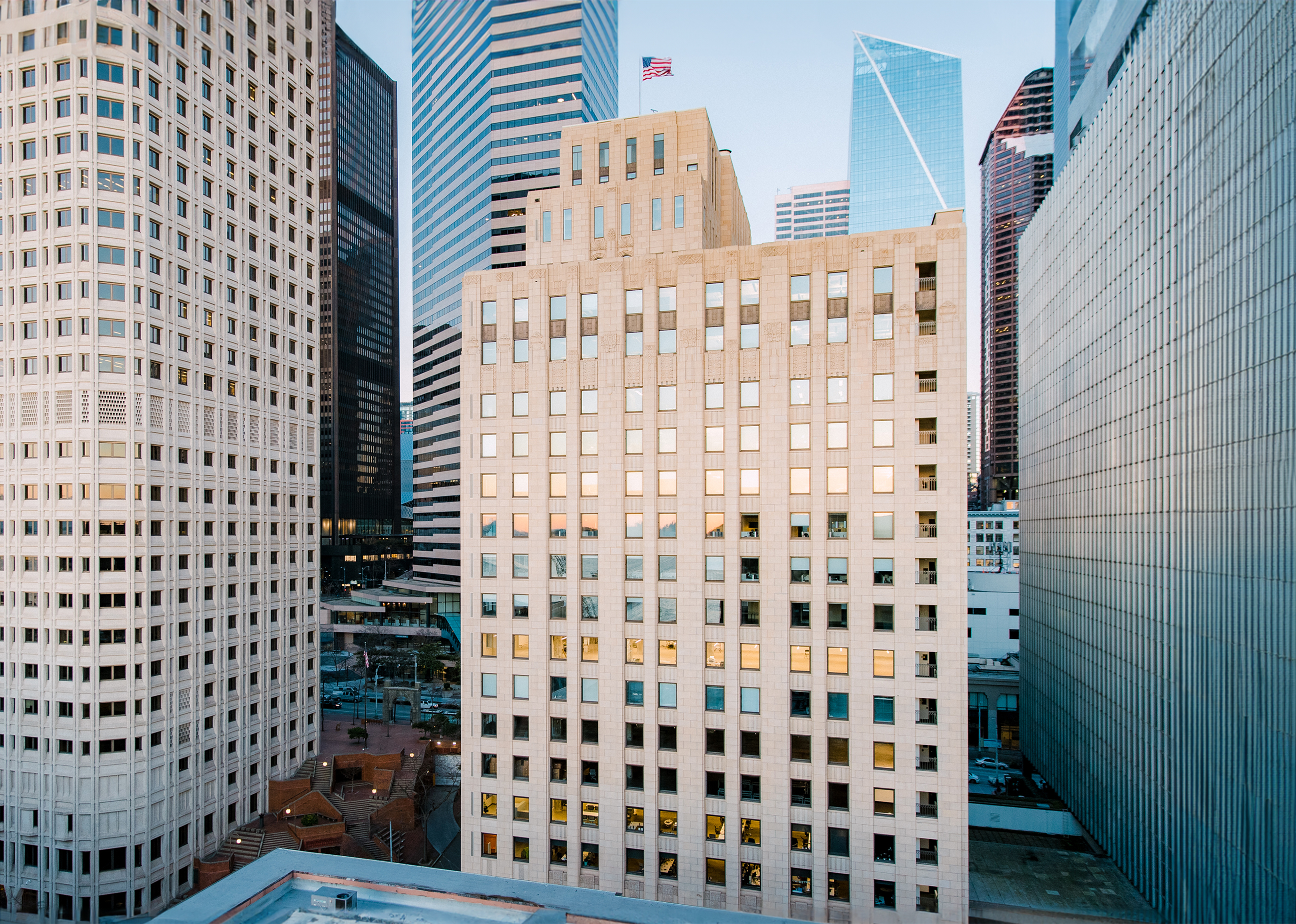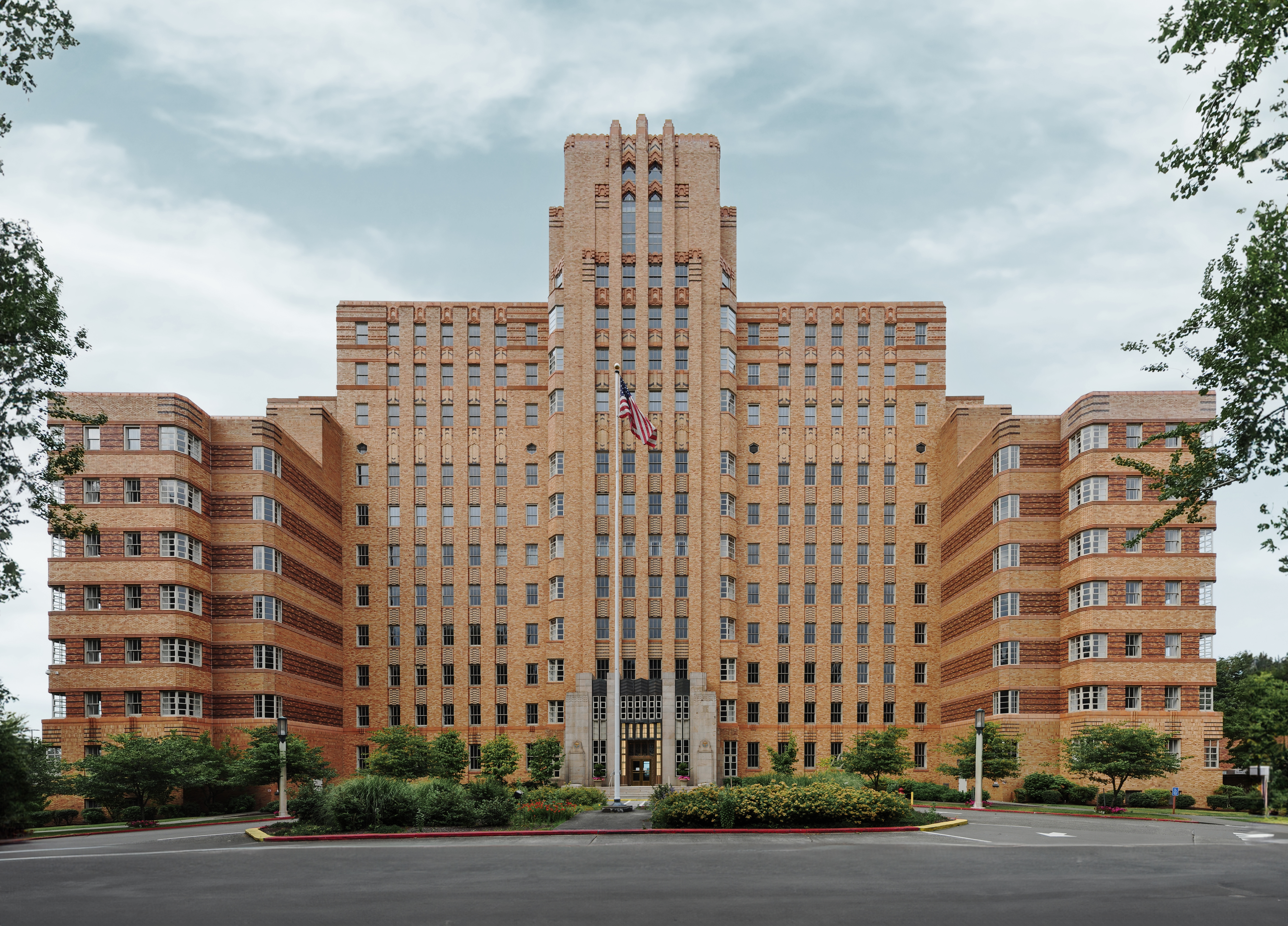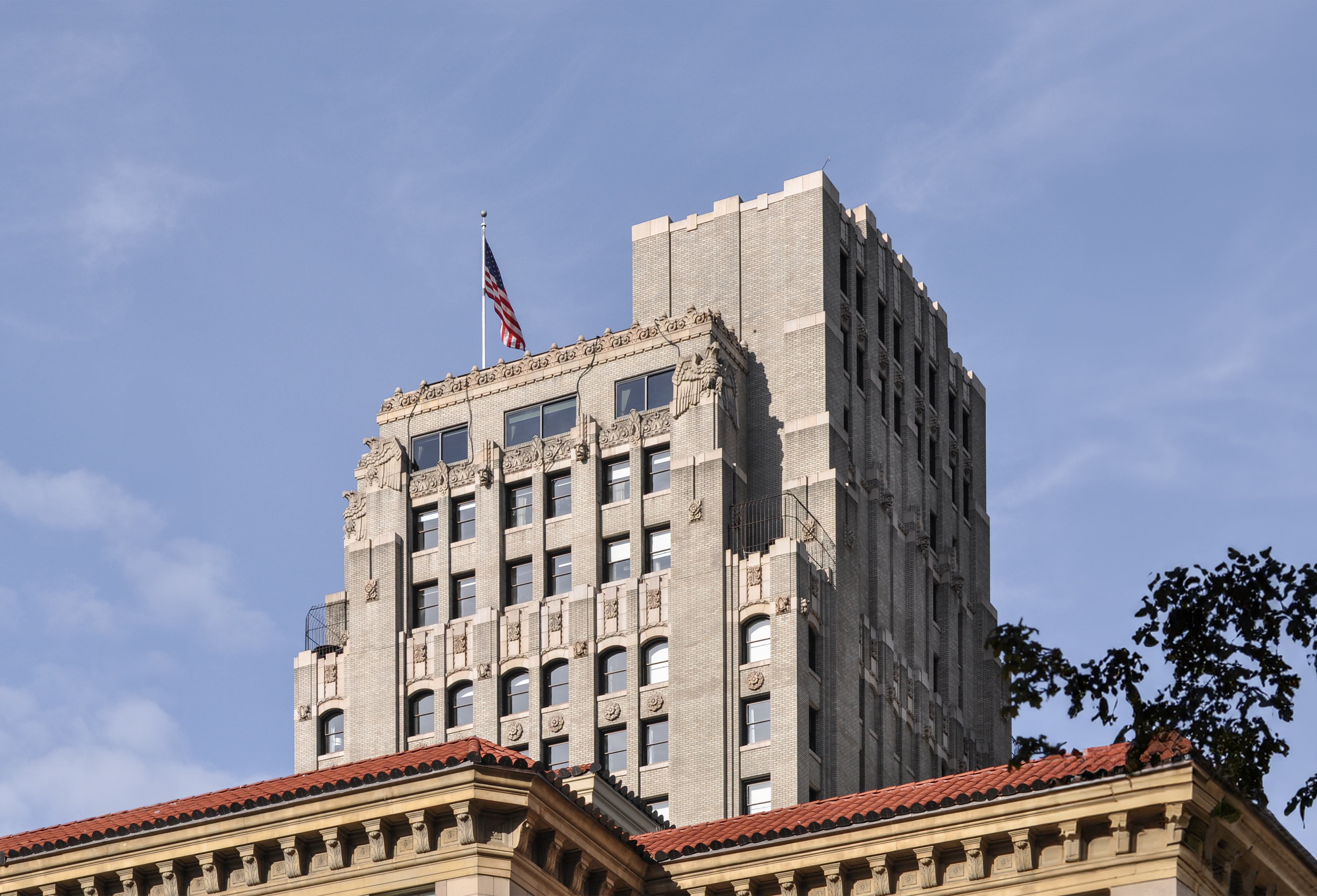The Seattle Tower is an Art-deco skyscraper designed by Albertson, Wilson & Richardson, and built between 1927 and 1928, for a reported $1.50 million dollars, in Seattle, WA.
Seattle Tower is not the only name you might know this building by though. The building is, or has also been known as Northern Life Tower.
Its precise street address is 1218 Third Avenue, Seattle, WA. You can also find it on the map here.
The Seattle Tower is a structure of significant importance both for the city of Seattle and the United States as a nation. The building embodies the distinctive characteristic features of the time in which it was built and the Art Deco style. Because of that, the Seattle Tower was officially declared as a national landmark on December 18th 1974, and was included in the National Register of Historic Places on March 31st 1975.
The building has been restored 3 times over the years to ensure its conservation and adaptation to the pass of time. The main restoration works happened in 1999, 2017 and 2021.
